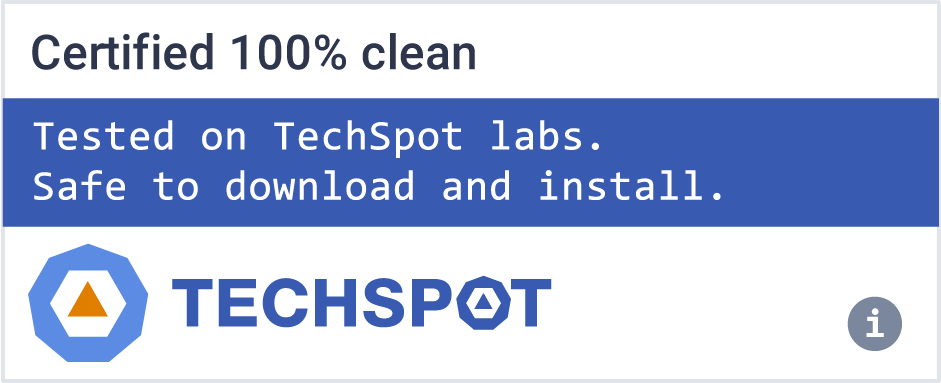Stinger utilizes next-generation scan technology, including rootkit scanning, and scan performance optimizations. It detects and removes threats identified under the "Threat List" option under Advanced menu options in the Stinger application.
Details on new or enhanced signatures added with each Stinger build are listed in the Readme details. Keep your computer a chance downloading this version which is the latest McAfee AVERT Stinger.
I know I have a virus, but Stinger did not detect one. Why is this?
Stinger is not a substitute for a full anti-virus scanner. It is only designed to detect and remove specific threats.
Stinger found a virus that it couldn't repair. Why is this?
This is most likely due to Windows System Restore functionality having a lock on the infected file. Windows/XP/Vista/7 users should disable system restore prior to scanning.
Where is the scan log saved and how can I view them?
By default the log file is saved from where Stinger.exe is run. Within Stinger, navigate to the log TAB and the logs are displayed as list with time stamp, clicking on the log file name opens the file in the HTML format.
Where are the Quarantine files stored?
The quarantine files are stored under C:\Quarantine\Stinger.
What is the "Threat List" option under Advanced menu used for?
The Threat List provides a list of malware that Stinger is configured to detect. This list does not contain the results from running a scan.
Are there any command-line parameters available when running Stinger?
Yes, the command-line parameters are displayed by going to the help menu within Stinger.

